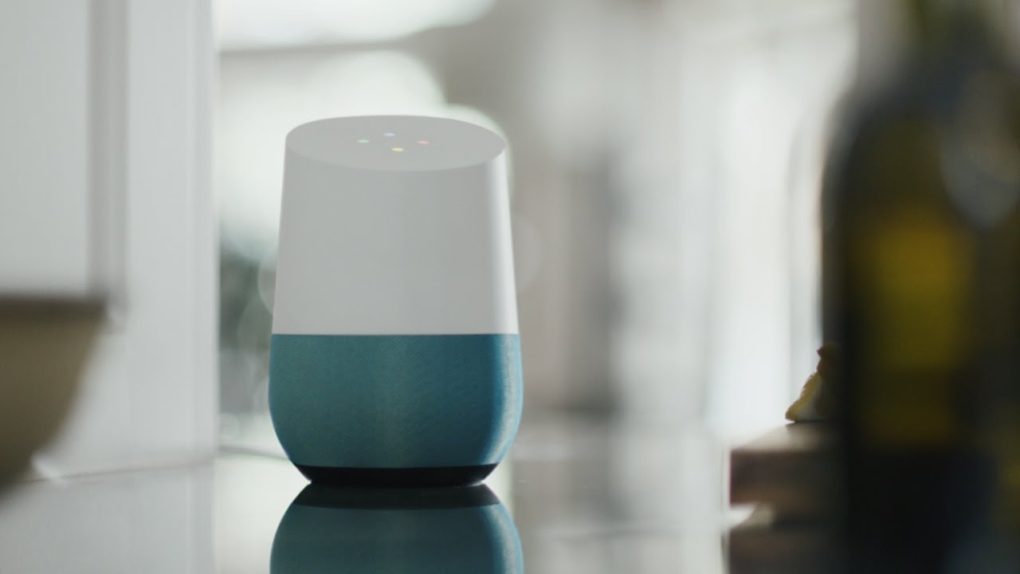Google’s smart speaker Google Home can now communicate with you en español, the computing giant announced Tuesday, which would appear to be an outgrowth of Google promising earlier this year that 22 new languages would be coming to its Assistant — which also powers Google Home — by the end of this year.
Google Home product lead Mark Spates in a company blog post today noted that you can now ask Google Home what your day looks like (“Ok Google, ¿cómo será mi día?”) and get a rundown of your schedule. To do that, you have to first select “Menu” in the Google Home app, then “Preferences” in the Settings menu and then choose español.
“Starting today,” Spates notes, “the Assistant on Google Home can help you get more done in Spanish, whether that’s enjoying music, managing your day, or controlling smart devices around the house. From there, it’s then just a matter of asking the speaker something like a request to play some of your top songs with an “Ok Google, reproducir mi lista de reproducción para hacer ejercicio.”
This announcement comes in tandem with Google saying the Google Home and Google Home Mini are now available in Mexico, following a launch in Spain. Additionally, as part of today’s news all three Google speakers (the Home, Home Mini and Home Max) now can understand you in Spanish.
Google’s AI Assistant was already able to speak Spanish and is also already farther ahead on a multilingual basis. It can talk to you now in languages including German, Japanese and French.
About the Spanish news specifically, though, more of our devices and services are certainly heading in this direction. Facebook Messenger, for example, can now translate between English and Spanish as part of a series of smart features built into the app that also include things like quick replies.
In other Google Home news, we
reported in recent days that the new Continuous Conversations feature is now also available for use with Google Home speakers.
The feature, first demoed at I/O 2018 last month, now lets you talk to the device’s AI assistant in a way similar to how humans communicate with each other. In a fluid, somewhat continuous way, where the device still listens for you to say a little more so that it’s not stilted — not, I speak, wait for an answer, then I say something else. It makes it so that you don’t have to say the normal “Ok Google” before everything you say to the speaker, as long as your questions or comments are included in the same exchange.








